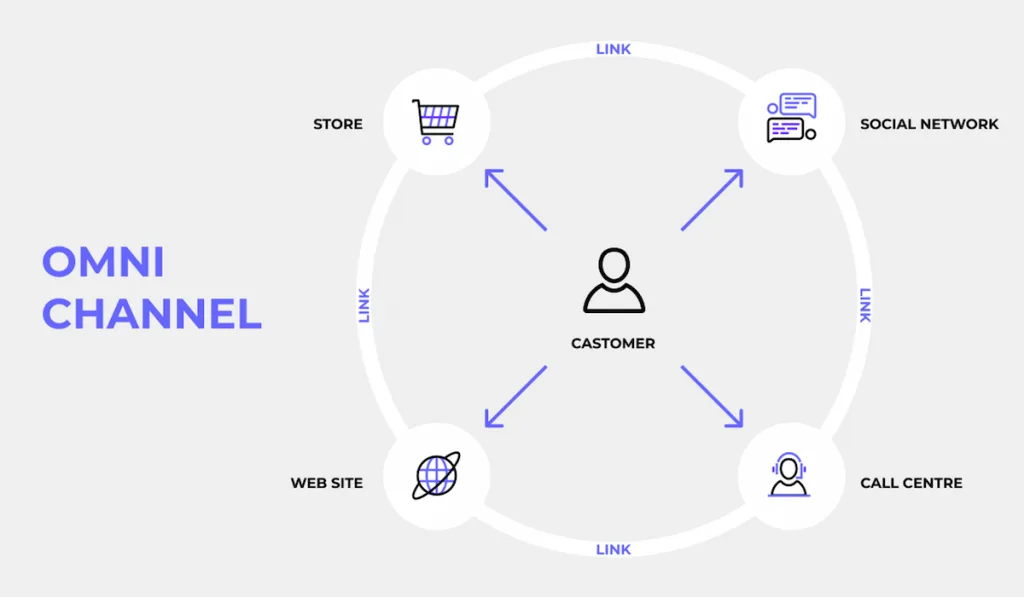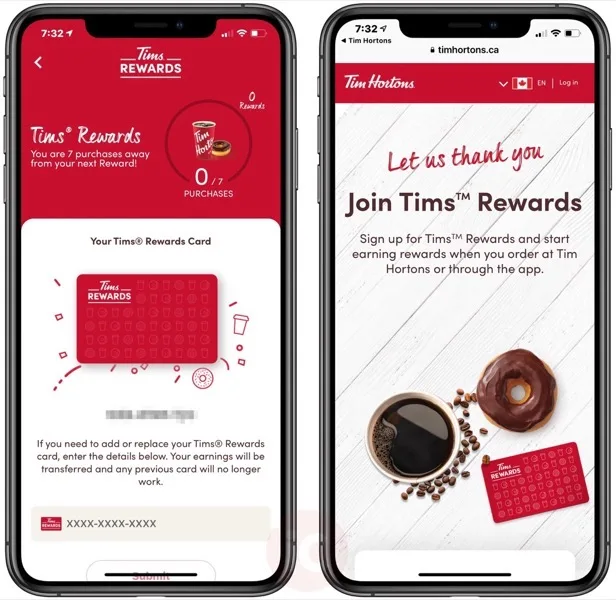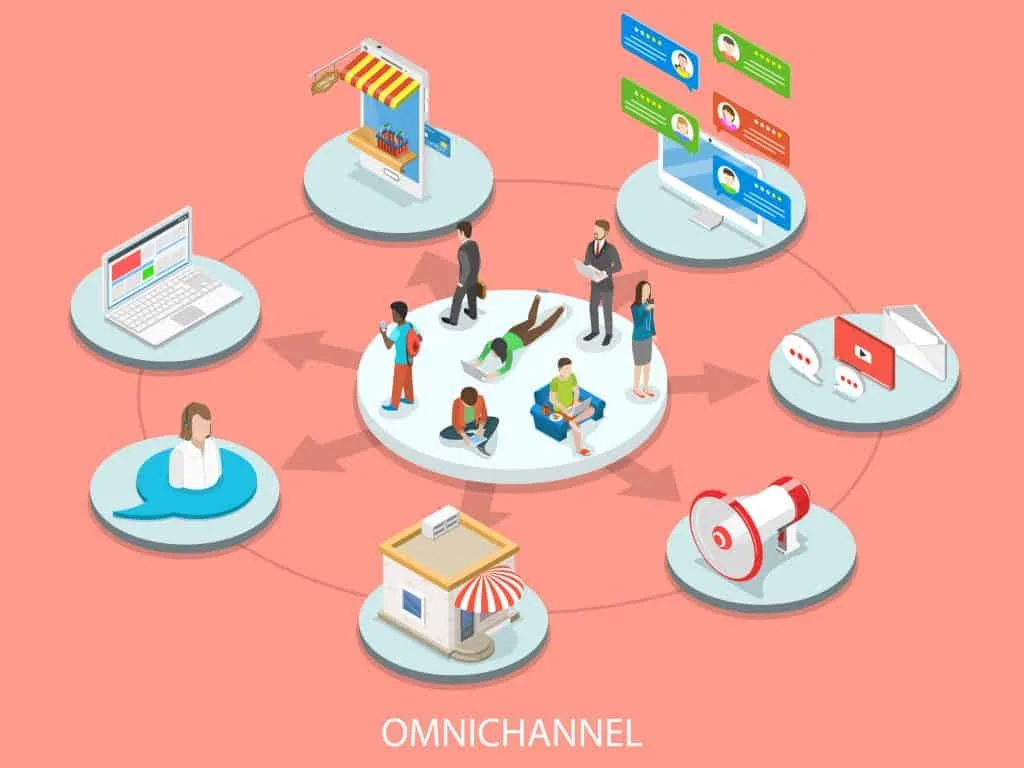The coffee industry thrives on customer loyalty, with many consumers developing deep attachments to their favorite cafés. However, as customer behaviors shift towards digital-first interactions, traditional punch cards and in-store rewards are no longer sufficient. To maximize engagement, coffee shops must embrace an omni-channel loyalty strategy—one that seamlessly integrates online and offline experiences, creating a cohesive and frictionless customer journey.
An effective omni-channel loyalty program ensures that customers can earn and redeem rewards whether they order through a mobile app, website, or in-store, all while enjoying personalized perks and seamless interactions. This blog will explore the key strategies coffee shops can use to create a unified loyalty ecosystem that boosts customer retention and increases lifetime value.
1. Seamless Integration Across Digital and Physical Touchpoints
Customers should experience a fluid transition between online and offline interactions with your brand. This means integrating loyalty rewards across:

- In-store POS systems: Customers should be able to scan their loyalty app or use their registered phone number at checkout to earn and redeem rewards.
- Mobile apps and websites: Whether a customer places an order in-app or pre-pays online, their points and perks should be automatically updated.
- Social media and email marketing: Personalized offers should be delivered via email and social media, prompting customers to visit in-store or place online orders.
- Third-party delivery services: Many coffee shops partner with Uber Eats or DoorDash—integrating loyalty programs with these platforms can drive engagement beyond physical locations.
Case Study: Starbucks Rewards
Starbucks is the gold standard in omni-channel loyalty. Customers can order via the app, pay in-store with their linked accounts, and redeem rewards seamlessly across locations. Their system integrates payment methods, geolocation-based offers, and AI-powered recommendations, creating a fully interconnected ecosystem.
2. Personalization: Elevating the Customer Experience
Modern consumers expect personalized experiences. Coffee shops can use AI and data analytics to tailor loyalty programs based on customer preferences and behavior.
Key Personalization Tactics:
- Purchase history-based rewards: Offer bonus points or discounts on frequently purchased drinks.
- Location-based promotions: Send push notifications with special offers when customers are near a store.
- Seasonal and occasion-based rewards: Celebrate birthdays or anniversaries with exclusive perks.
- AI-driven recommendations: Suggest new beverages based on past orders.
Example: Costa Coffee’s Smart Loyalty Program
Costa Coffee’s loyalty app personalizes rewards based on drink preferences, visit frequency, and even weather conditions, offering discounts on hot drinks during cold months and iced beverages during summer.
3. Mobile-First Loyalty: The Power of App-Based Engagement
With mobile usage dominating customer interactions, an app-based loyalty program is essential. Coffee shops can leverage mobile-first engagement strategies such as:
- Instant digital rewards: Eliminate the need for physical cards by enabling digital points and QR code scanning.
- Push notifications & SMS updates: Send reminders about expiring rewards or new promotions.
- In-app ordering & payments: Enable mobile ordering with integrated loyalty benefits to streamline the process.
- Gamification elements: Introduce challenges, streak bonuses, and spin-to-win features to keep customers engaged.
Example: Tim Hortons’ Tims Rewards
Tim Hortons’ app provides a seamless experience where users can collect and redeem points digitally while accessing mobile ordering, exclusive app-only deals, and contactless payment options.

4. Subscription-Based Loyalty: A Predictable Revenue Model
Subscription models are transforming loyalty programs by creating recurring revenue and deeper customer relationships. Coffee shops can introduce:
- Monthly coffee subscriptions: Offering unlimited or discounted drinks for a set monthly fee.
- Exclusive member perks: Early access to new flavors, free refills, or priority service.
- Bundled offerings: Pairing coffee subscriptions with pastries or merchandise discounts.
Example: Pret A Manger’s Coffee Subscription
Pret A Manger introduced a subscription-based model where customers pay a flat fee for unlimited coffee each month, driving frequent visits and increasing brand affinity.
5. AI and Predictive Analytics: Driving Smart Engagement
Artificial intelligence can optimize loyalty strategies by predicting customer behavior and automating targeted promotions.
- Predictive purchase insights: Forecast when a customer is likely to visit and send timely incentives.
- Dynamic pricing: Offer special discounts during off-peak hours to drive foot traffic.
- Automated retention campaigns: Identify lapsed customers and send re-engagement offers.
Example: Dunkin’ Donuts AI-Powered Loyalty Strategy
Dunkin’ uses AI-driven analytics to analyze purchasing patterns and send hyper-personalized promotions, significantly increasing customer retention.
6. Contactless and Digital Payment Integration
As customers demand faster and more secure payment options, integrating digital payments with loyalty programs is crucial.
- Mobile wallet integration: Enable customers to earn rewards seamlessly via Apple Pay, Google Pay, and Samsung Pay.
- Scan-and-go technology: Let customers order and pay through QR codes, reducing wait times.
- Crypto and alternative payment options: Accepting digital currencies or blockchain-based loyalty points can appeal to tech-savvy customers.
Example: Blue Bottle Coffee & Apple Pay Integration
Blue Bottle Coffee offers a frictionless payment experience by integrating Apple Pay with its loyalty system, streamlining checkout and enhancing convenience.
7. Social and Community-Driven Loyalty Strategies
Building a strong community around a coffee shop brand enhances customer loyalty beyond transactional rewards.
- Referral programs: Reward customers for bringing friends through social media referrals.
- User-generated content campaigns: Encourage customers to share their favorite drinks with branded hashtags.
- Loyalty-based charity donations: Allow customers to donate points to local causes, fostering goodwill.
Example: Peet’s Coffee Community Perks
Peet’s rewards customers not just for purchases, but also for engagement, such as leaving reviews or participating in sustainability initiatives.
8. Future Trends: What’s Next for Coffee Shop Loyalty?
- NFTs and blockchain rewards: Secure and transferable digital loyalty assets.
- Voice-activated ordering and rewards: Integrating loyalty with smart assistants.
- Augmented reality (AR) experiences: Virtual tastings and gamified in-store experiences.
Final Thoughts: Creating a Unified Coffee Loyalty Ecosystem
The future of coffee shop loyalty lies in creating a truly omni-channel experience. By integrating mobile technology, AI-driven personalization, subscription models, and community engagement strategies, coffee brands can build seamless and rewarding customer experiences.
An omni-channel loyalty program not only increases customer retention but also fosters emotional connections with the brand. The key to success is ensuring that every touchpoint—whether online, in-app, or in-store—delivers value, convenience, and exclusivity.
By implementing these strategies, coffee shops can cultivate long-term brand advocates, increase customer lifetime value, and future-proof their businesses in an evolving digital landscape.




